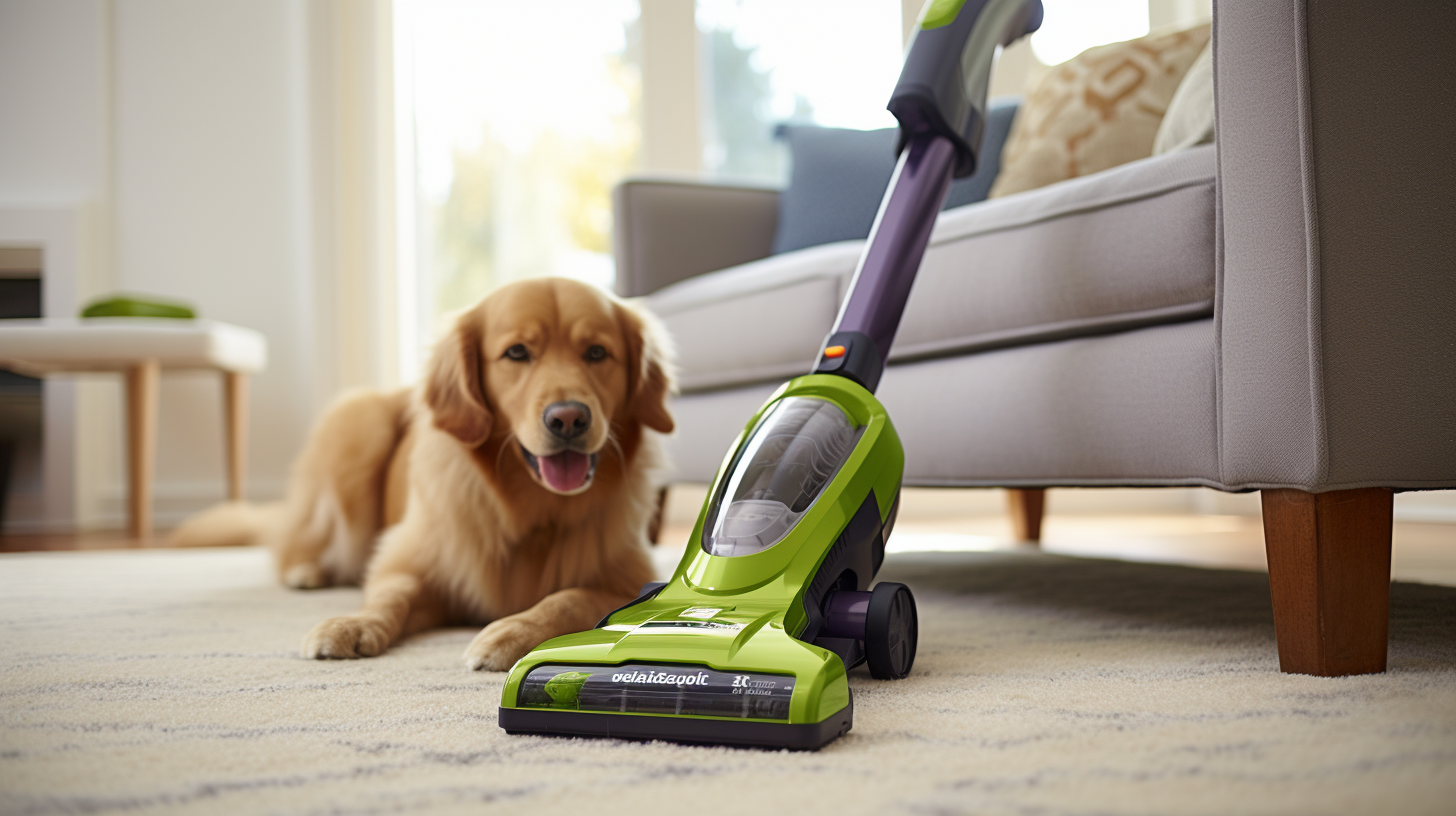How to clean Couch Cushions
Mar 15, 2024

How to clean Couch Cushions
How do you wash Couch Cushions?
If you have a puppy, children, or a huge houseful person? So, You must face huge dirt, and dust in your furniture and couch cushions. From spills and stubborn stains to the accumulation of environmental and bodily residues such as dust, pollen, dander, and hair.
Regularly clean your couch cushions using a vacuum equipped with an upholstery brush attachment. Vacuum them at least once a week, and more frequently in households with pets, children, or elevated dust levels. Additionally, perform a deep cleaning of your couch cushions every six months.
This guide provides instructions for both regular maintenance cleaning and deep cleaning, along with essential information to safeguard cushions from potential damage caused by improper cleaning practices.
Knowing About Couch Cushion Types:
Knowing Furniture features a standardized cleaning code or legend displayed on the care tag sewn onto an inconspicuous section of the sofa, typically found underneath the seat. It's crucial to locate this code, represented by one of the four-letter symbols, before initiating the cleaning process for couch cushions. Here's a breakdown of the letters and their meanings:
Type 1: Wet/water cleaning only.
This upholstery can be cleaned using water-based cleaning solutions. Avoid using dry solvents, and opt for methods that involve wet or water-based cleaning techniques.
Type 2: Dry solvent cleaning only.
Limited to dry cleaning methods, this upholstery should not be exposed to water or wet cleaning solutions. Instead, use dry solvents for effective and safe cleaning.
Type 3: Dry solvent and/or wet cleaning.
This versatile upholstery allows for both dry solvent and wet cleaning methods. You have the flexibility to choose between dry cleaning with solvents or using water-based solutions.
Type 4: Professional cleaning or vacuuming only.
Reserved for professional care, this upholstery type should be cleaned by a trained technician. Avoid DIY methods and limit cleaning to professional services or regular vacuuming.
The care tag also includes additional special care instructions. Before attempting any of the cleaning methods described in this article, conduct a spot test on an inconspicuous area to ensure that the products do not cause damage to your couch cushions.
Spot Clean Non-Removable Cushion Covers:
Remove Hair and Dust Using Hand Gloves
Wear rubber gloves and move your hands over the furniture to loosen up any pet or human hair, or dust. This makes it easier to vacuum up later.
Use Vaccum and Clean Cushions
Use the upholstery attachment on your vacuum, moving it in short, overlapping lines from left to right. Switch to the crevice nozzle to vacuum between seams and under cushions.
Cleaning Upholstery
Follow your fabric's care instructions to treat stains. For water or solvent-based stains, apply the cleaner, let it soak, and blot with a microfiber cloth. Avoid scrubbing to prevent damage.
For urine stains, try an enzymatic cleaner or make your own solution using 1 cup vinegar, 1 cup water, and 2 teaspoons dish soap. Blot with the cleaner, rinse with water, and let the spot air dry. Wash the Upholstery Create suds by mixing a half teaspoon of dye-free dish soap with warm water in a small bucket. Dip an upholstery brush into the suds and gently brush the upholstery, being careful not to oversaturate. Wipe with a clean, damp cloth and let the furniture dry completely before use.
How to Launder Couch Cushions in a Washing Machine
Check the Cushion Cover's Machine Washability
Before washing, ensure the cushion cover is machine washable and has a "W" label for water-based cleaning. If so, detach the cover and launder it separately.
Address Stains
For specific stains, use an appropriate stain remover or spot treatment. If dealing with a urine stain, promptly remove the cover, blot excess liquid with a microfiber cloth, and run a cold water and vinegar cycle. Follow with warm water and detergent wash, hanging the cover to air dry.
Opt for Dye-Free Laundry Detergent
Even with colorfast material, use dye-free laundry detergent to prevent accidental dye transfer to upholstery covers.
Select Cold Water and Delicate Setting
Choose cold water and the delicate cycle to be gentle on fabrics during the initial wash. Close the zipper to avoid tangling or damage, and assess fabric durability for future washes.
Air Dry the Cushion Cover
Avoid machine drying to prevent shrinking or fading. Instead, air dry in the shade to protect against sun-induced bleaching. For moisture removal, use the tumble or fluff setting without heat before allowing the fabric to air dry.
Vacuuming with an upholstery brush attachment should be done weekly, or more frequently in homes with pets, children, or higher dust levels.
Deep cleaning, recommended every six months, involves removing cushions and using a detergent solution for a thorough cleanse.
Understanding the cleaning code on the care tag is essential to prevent damage; conduct a spot test before applying any cleaning techniques.
For non-removable cushions, carpet and upholstery cleaning machines offer an efficient alternative to handwashing, ensuring a deep and effective clean.
Routine Maintenance: Regularly vacuum cushions using an upholstery brush attachment to eliminate crumbs, hair, and environmental debris. Pay attention to stains and use spot treatment.
Frequency Matters: Vacuum at least once a week, or more in homes with pets or children. Deep clean cushions every six months for optimal freshness.
Decoding Care Tags: Understand the cleaning code on the care tag (W, S, SW, X) to determine the appropriate cleaning method. Always perform a spot test before applying any cleaning products.
Deep-Cleaning Procedure: For removable cushions, use a bathtub with a detergent solution, agitate, rinse, and allow cushions to air dry completely.
Non-Removable Cushions: Utilize carpet and upholstery cleaning machines for non-removable cushions. Vacuum first, follow the machine manufacturer's guidelines, perform a spot test, work in sections, and allow cushions to air dry thoroughly before placing them back on the couch.
Outmaker Instagram Network








